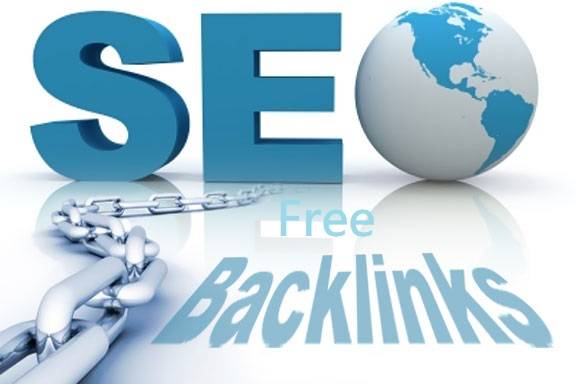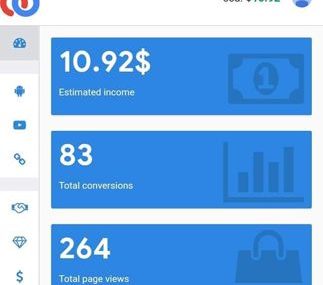Are you starting a blog? Learn in this guide everything you need to take into account so that your content grows and attracts readers.
As of 2021, we live in an age of information overload where people can both access and create it with equal ease. This has caused the amount of online content to skyrocket exponentially. And just to get an idea, in 2020 every minute:
- 1.8 thousand WordPress posts are created
- 3.8 million searches are performed on Google
- More than 500 hours of video are uploaded to YouTube
- 350 thousand tweets are published
However, this great expansion and the decrease in barriers to participating in this experience come with a problem: the decrease in quality content.
The diffusion of innovation
This is when we ask ourselves if the world really needs another blog. With that logic, we could also consider that if the world already has access to large volumes of movies on Netflix, why would we need another movie?
And the answer to both questions is that the world will always have room for the new if it’s relevant, and for the old if it’s even 1% better. It is not the quantity that matters, but the probability of innovating.
If we want to innovate, what we must do is identify a new problem or better solve an existing one. So what should we consider when starting this adventure of creating a content plan from scratch?
Finding the monopoly and the audience

A personal monopoly is a differentiator, a skill, an experience, or an understanding that only we (or a few people) have. People do not become interested in copying others, but when we follow our own interests, delving deeper and discover something new for the rest.
While anyone can create content, what we need to focus on is what we are uniquely trained to do. Instead of trying to identify what others might be interested in, let’s start with our own obsessions.
Paid or free?
Here comes an important decision: should we charge for content? The model of generating income from advertising in publications has become the norm, in such a way that people now expect content to be free.
However, the ad-driven attention economy is beginning to unravel, and good content is getting harder and harder to find. These forces have turned the situation upside down: people are willing to pay to cut the noise.
the pros and cons
If we talk about the pros of paid content, we have to talk about the amazing option that paid subscriptions offer. Instead of selling your audience’s attention, a paid post charges for the value it provides.
However, among the disadvantages is the distribution. A paid post restricts access to its content and cannot be easily shared with others. If you are looking to reach millions of people, it will be very difficult to do so with a publication of this type.
Being a “painkiller” or a “vitamin”
The most obvious difference between free and paid content is the level of expectation of the reader. The free one usually fulfills the function of entertainment. But in the paid case, you almost always have to be excellent and even closer to solving tangible problems for your customers.
While entertainment can be a way to solve a problem for someone, a paid publication has less freedom to be a “vitamin”. In that case, the content must really be a “need.”
The best way to create a paid publication is to clearly outline the type of content you offer paid subscribers in a way that either solves a more pressing problem for them or extends value in a very different way.
The distribution multiplier
There are 2 key aspects to running a successful online publication:
- Create wonderful content
- Distribute that content well
Saying you need both sounds obvious, but many people only run on one side of the equation and then wonder where they went wrong.
Too often, writers spend more than 90% of their time creating content , and only a fraction of their time promoting it. They tend to think that if it is good, users will come by themselves. But the opposite happens: without intentional distribution, the content ends up there, with few readers consuming it.
The power of tests
When trying to grow something, you need to find a balance between wanting to try as many things as possible while also spending enough energy to execute them effectively.
Therefore, a good idea is to start exploring 1 or 3 distribution channels, basing our selection on the target audience.
Search lessons
Google is the largest search engine in the world. According to Hubspot, there are 70,000 Google searches every second. For that reason, it is one of the most powerful tools not only because it has the potential to reach many people, but because it has the keys to the system, that is, it knows what matters to billions of people and gives us that information.
If we focus on the basics of this extremely powerful system, SEO becomes a valuable tool for every step of the publishing process. And these are the key things we need to understand about SEO:
- Understand user search intent
- Take advantage of the information that Google shares openly: learn what matters to people
- Content optimization
Understand Google rankings
Instead of trying to understand each and every ranking factor, let’s focus on making our content more:
- Credible (high quality): The key to credibility is building a base of links so that Google begins to recognize us as an authority.
- Relevant (to the query) – The key to relevance is not just keyword optimization, but also selecting a target keyword with the right intent for informational, transactional, business, etc. queries.
- Usable (for the search engine): The key to usability is to create quality content that people want to interact with.
Also, always keep these tips in mind:
- Remove dead links
- Update old content
- Accelerate site speed
In the end, no matter how good our content is, if you’re targeting the wrong intent or don’t have the authority to rank for a highly competitive term, you won’t get traffic. Likewise, if it’s optimized but doesn’t provide value to the user, Google will remove it based on user engagement metrics.
Therefore, if we take these recommendations into consideration, we can make our content benefit from the largest search engine in the world.
Finally…
Do you want to know an extra fact? Many brands are failing with their content strategy simply because they don’t follow the fundamentals.
To avoid that, we have created this task guide that will help you outline a memorable content strategy that your ideal clients will fall in love with, it is 100% practical and free.






